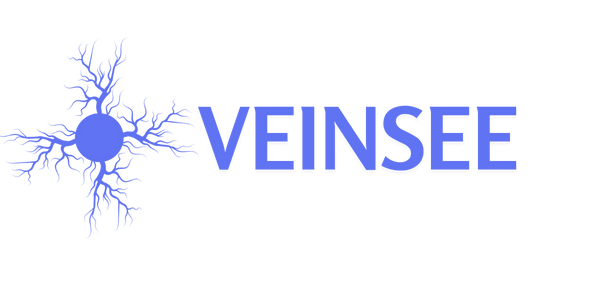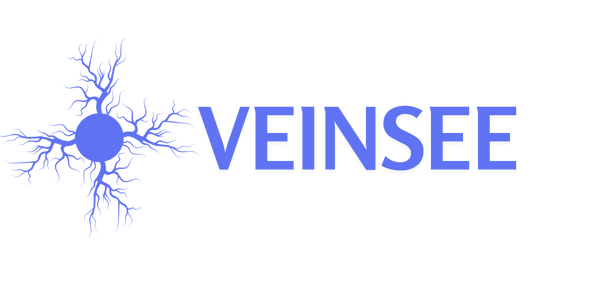Vein Scanner For Varicose Veins
Varicose veins are characterized by swollen and twisted veins, which are frequently accompanied by spider veins, which are collections of dilated capillaries. They are typically found on the legs and ankles. Although they may cause moderate discomfort and alter a person’s appearance, they are generally harmless. In severe cases, they can obstruct blood circulation, causing symptoms such as distended ankles, itchy skin, and pain in the affected limb.
The most common cause of varicose veins is weakened vein walls and valves. This deterioration occurs when the vein walls become stretched and lose their natural elasticity, leading to dysfunctional valves. As a result, blood can leak and travel backward, resulting in swollen and enlarged veins.
Varicose veins are characterized by swollen and twisted veins, which are frequently accompanied by spider veins, which are collections of dilated capillaries. They are typically found on the legs and ankles. Although they may cause moderate discomfort and alter a person’s appearance, they are generally harmless. In severe cases, they can obstruct blood circulation, causing symptoms such as distended ankles, itchy skin, and pain in the affected limb.
Treatment options for varicose veins encompass various approaches:
- Laser treatment: Utilizing the light energy of a laser, this technique progressively reduces or eliminates the swollen veins.
- Sclerotherapy: Chemical injections are used to collapse capillary walls, preventing them from carrying blood.
- Ablation with catheter-assisted techniques: These techniques utilize heat generated by radiofrequency radiation or lasers to destroy and eventually close off the affected vein.
- Surgical removal or stripping: In some cases, the veins may need to be surgically removed.
During these procedures, extreme caution is required to avoid damaging nerves and adjacent tissues. Injuries to the nerves can cause permanent paralysis in the affected area, whereas injuries to the vein or adjacent tissues can cause severe bleeding and the formation of blood clots.
A medical vein scanner that utilizes infrared technology is required for these procedures. The Portable Medical Vein Scanner, also known as Veinsee 3.0, generates a map of the targeted veins and adjacent arteries and tissues in order to minimize complications related to varicose vein treatments. Veinsee 3.0 features a projection depth of 10mm and four distinct colors to match the skin tone of the patient.



